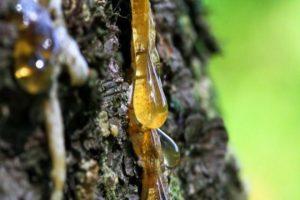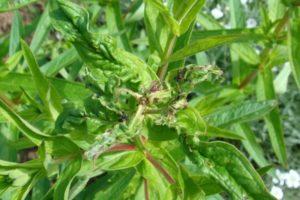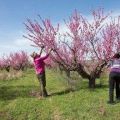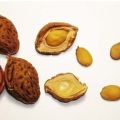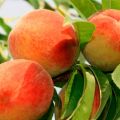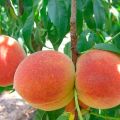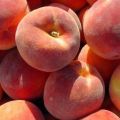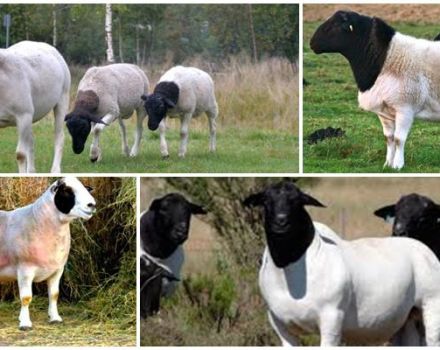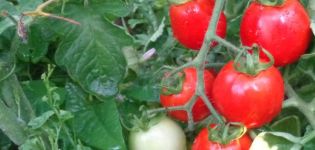How to cure a peach from curl, methods of struggle and prevention of the disease
Curliness of peach leaves is the main symptom of a viral-infectious plant disease, leading, due to untimely treatment, to a decrease in yield and death of these cultivated plantings. Therefore, knowledge about the factors in the development of this most dangerous disease and methods of dealing with it can help not only stop the pathology itself, but also prevent secondary infection of the culture.
What is this disease
A common disease - peach curliness - is caused by the phonous fungus Taphrina, of the order of Tafrin, penetrating into the tree structure through the buds and cracks on the shoots. Often this fungus infects one-year and two-year-old shoots with young leaves located on them, in the age period from 5 to 8 days. Infection of peach leaves at the age of two weeks and older does not occur or occurs, but extremely rarely.
Immune varieties
It is impossible to guarantee one hundred percent that this or that type of peach will not be infected with the described fungus.
However, it is still worth trying, and choosing a variety with the best resistance to this most dangerous disease. Moreover, there are varieties of peach in the form of varieties of Early Kuban, Juicy, Favorite Morettini, Memory of Rodionov, Redhaven, Kiev Early, Saturn, September Yellow, which are not susceptible to infection from the fungus.
Causes and factors of manifestation of the disease
At the initial stage of the disease, the lower surface of young leaves is covered with a whitish bloom formed by the marsupial sporulation of this fungus.
The causative agent of the described disease in the form of budding ascospores spends its wintering between the scales of the buds or in the cracks of the bark of trees. And the weather favorable for the fungus with rains, dampness and coolness provokes its development and further infection of the tree. That is why it is the arrival of spring that can contribute to a new outbreak of the disease.

Signs of tree infection
Curliness in the described culture initially manifests itself in the form of greenish swellings on the leaf blade, which subsequently turn red and darken. The tissues of the leaves thicken, and because of their underdevelopment and their uneven growth, they twist. Infected leaves, covered with a so-called waxy coating, turn black over time, dry out and die off.
Tree branches are also exposed to infection, manifested in the form of:
- gum formation;
- deformation of shoots;
- visible yellowness;
- drying.
After the withering away of the foliage, the ovaries also die.

Why is the disease dangerous?
In advanced cases, with the defeat of the described fungus, against the background of the loss of ovaries and shoots, the tree slows down its growth. Peach fruits lose their taste and become unusable.
The winter hardiness of the crop is falling. In winter, the affected shoots die, the tree becomes susceptible to frost, and then, during the fruiting period, it ceases to produce crops.
Without treatment, literally after a few years, the infected peach culture dies.

Terms of medical procedures
Trees should be treated against infestations and pests at least 4 times to ensure crop protection and high yields.
The peach culture must be processed in the spring, in stages, in compliance with the terms of the treatment procedures:
- early spring - late February, early March;
- in the spring - in the second decade of March, until the formation and budding;
- in the midst of spring, in early April, before the buds begin to emerge;
- in early May, immediately after flowering.
Also, processing is carried out in the field of leaf fall.
This sequence of procedures will help prevent infection and increase resistance to disease.

Treatment methods
A culture that is sick with curl is difficult to save, but thanks to the methods of complex treatment it is possible. However, this must be done in stages, following the advice of experts.
Removing infected foliage
The process of pruning, with further burning of infected foliage and shoots, is the most important and integral method of combating fungal disease in the form of curl.
Such actions must be carried out on May days, at the time of manifestation of obvious signs of the described disease. Based on the opinions of knowledgeable gardeners, it is necessary to remove the affected parts of the tree, for greater efficiency, in stages.

For example, the first pruning can be done during the growing season, after flowering. Secondary, the procedure should be carried out before the spread of the spores of the described fungus.
Spraying
Another, no less important, way to combat curly peach leaves is the spraying method.
It is necessary to spray the peach tree, strictly following the attached instructions, as well as in calm and not rainy weather, to prevent washing off of the agents used for treatment.
As a preventive measure, spraying is carried out in the spring-autumn period and after the growing season.
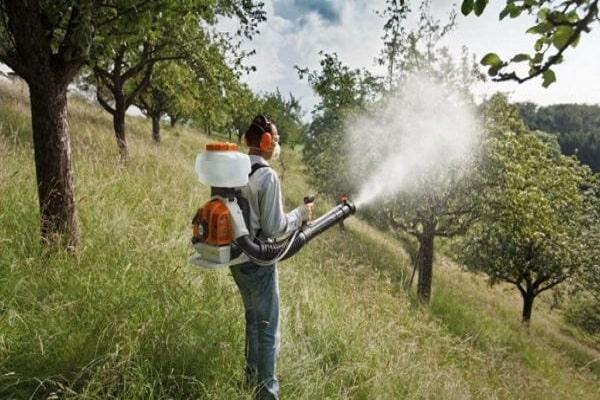
Preparations for processing
It is necessary to treat a fungal disease in a comprehensive manner, using biological, chemical and folk remedies.
New generation tools
To combat fungal pathology, the latest means are used, in the development of which viruses, bacteria and even toxins were taken as a basis, whose depressing effect, during experiments, negatively affected the pests and diseases of the garden.

Such new generation tools include:
- Planriz is a biological product to protect against fungal and bacterial diseases, used to treat the root area of a culture in a ratio of 330 milliliters per bucket of water;
- Trichodermine is a drug with a depressing effect and the ability to develop some resistance to re-infection with a fungus.
Important! It is necessary to start using the above-described means used to treat fruit trees from fungus, armed with special breathing masks, and only subject to the recommendations given in the attached annotation.
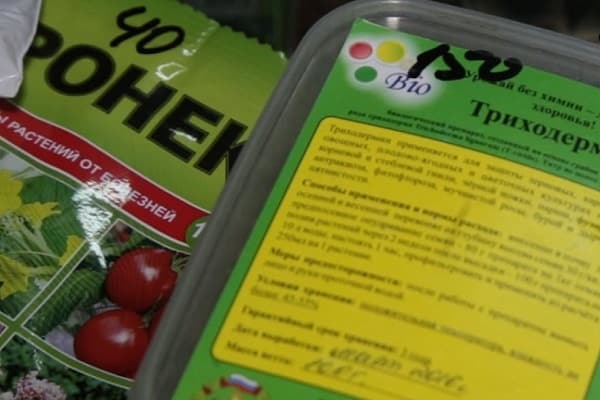
Folk recipes
Often experienced gardeners use folk remedies to counter infection in the form, for example:
- Infusion of tobacco, prepared from one kilogram of tobacco mixture and filled with 5 liters of water. The tool is insisted for three days, and then diluted with water in proportions of 1: 2. Spray immediately and, to consolidate the effect, again after half a month.
- Mixed components - slaked lime, clay and water in a ratio of 90 grams / 350 grams / 10 liters. Trees that have been infected are treated immediately after preparation of the solution.
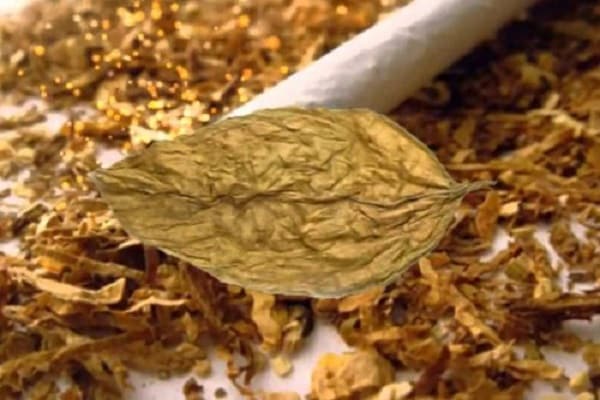
Clay application
The classic folk remedy includes clay (350 grams), stirred in water (10 liters) and in the composition with lime (90 grams). The resulting homogeneous emulsion is a so-called adsorbent and a means of feeding the tree with minerals.
Modern chemicals
Chemical treatment is carried out in the spring at all stages, but with some alternation, since such drugs are addictive. The main chemicals that have proven themselves on the positive side include:
- Copper sulfate, which has a suppressive effect on curliness and other diseases of the peach. The treatment is carried out in the spring with copper sulfate mixed with water in proportions of 300 grams / 5 liters.
- Skor - fast acting fungicide; diluted with water in a ratio of 2 ml / 8 liters of water.
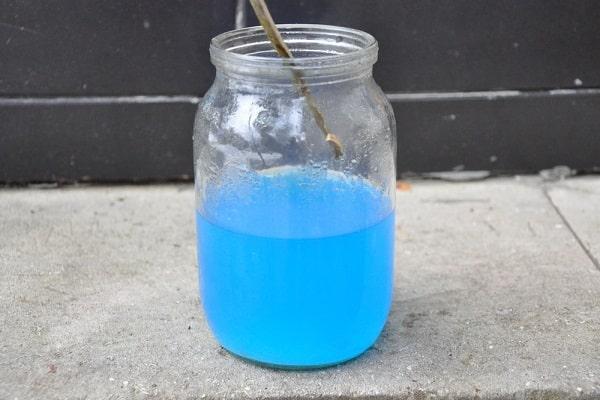
Bordeaux fluid treatment
Regular treatment with 3% Bordeaux liquid, with a disease in the form of curly peach leaves, almost always gives a positive result. But it is more expedient to use the tool in the fight against curl, which has been lasting for more than a year.
How to prevent re-infection
Prevention of re-infection involves the implementation of agrotechnical measures aimed at pruning and destruction of infected parts of the tree, as well as treatment in the form of spraying in the spring-autumn period before and after the growing season.
